Interviews
Formula for Freedom
There’s a lot of things going on at that time, and so I wanted to put it in context, ‘cause if you look at V.C [Visual Communications] by itself, you say “oh these guys really did some different things,” but if you look at it within a context of the early 60s, late 60s, early 70s, you see the whole, it was a whole movement, cultural change movement along with the political parts....If you came through the ‘50s and into the ‘60s, you picked up a lot of baggage, negative baggage, about who we are, who are Asian Americans, who are quote orientals. So I think that’s the unique part of the beginning of V.C.…
I think what was different about V.C…First off, is that we were not in film school, we were not learning media to, as art, as self expression, as experimenting with visual forms. That was not our, where we began with. We really began with the idea of recapturing our past and presenting our past.
And I think, this is very important, our audience was really our own communities…It wasn’t about art, it wasn’t about self expression, it wasn’t even about breaking stereotypes to the majority society. We wanted to break stereotypes to ourselves.
Date: August 16, 2011
Location: California, US
Interviewer: Alexa Kim
Contributed by: Watase Media Arts Center, Japanese American National Museum
Explore More Videos
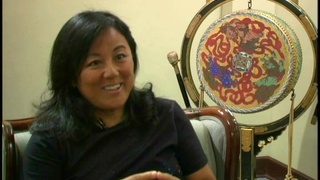
Paisaje terrestre [Terrestrial landscape] (Spanish)
(b. 1962) Peruvian Poet, Okinawan descendant

The myth of the sacrifice of immigrants (Spanish)
(b. 1962) Peruvian Poet, Okinawan descendant

Fitting back into American life
(1928 - 2008) Drafted into both the Japanese Imperial Army and the U.S. Army.

Interpretation of Nikkei
(1919-2020) Member of the 1800th Engineering Battalion. Promoted Japan-U.S. trade while working for Honda's export division.

Identity (Japanese)
(1928 - 2008) Drafted into both the Japanese Imperial Army and the U.S. Army.
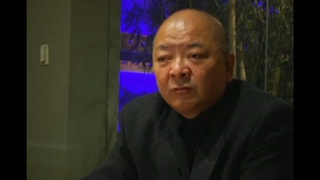
Integrating As First-Generation Japanese-Peruvian (Japanese)
(b. 1962) Japanese restaurant owner and chef in Peru

Peru Representative vs. Japan Representative (Japanese)
(b. 1962) Japanese restaurant owner and chef in Peru

Thoughts on Japan (Japanese)
(b. 1962) Japanese restaurant owner and chef in Peru
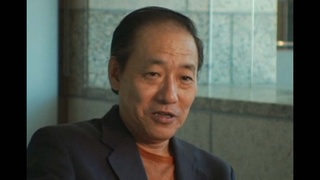
The Nikkei community that didn't support Former President Fujimori's election (Japanese)
(b. 1948) Executive Director of Amano Museum

The differences in attitude of pre-war and post war in terms of the President Fujimori presidency (Japanese)
(b. 1948) Executive Director of Amano Museum
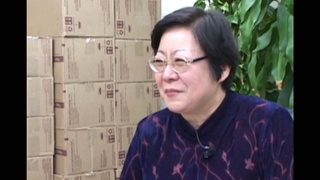
How I became a volunteer at the International Association of Yamato (Spanish)
Japanese Peruvian in Japan
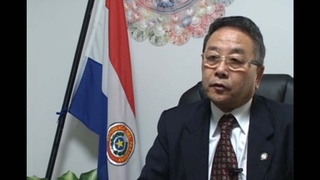

Being Nikkei: A Double Responsibility (Spanish)
(1958-2014) Former Bolivian Ambassador to Japan

The Impact of Technology in Japan (Spanish)
(1958-2014) Former Bolivian Ambassador to Japan

Several ways to participate and integrate into Japanese society (Spanish)
Japanese Peruvian in Japan
